HISTORIC STUPA TO RETURN HOME
입력 2021.01.21 (15:10)
수정 2021.01.21 (16:46)
읽어주기 기능은 크롬기반의
브라우저에서만 사용하실 수 있습니다.
[Anchor Lead]
There is a stupa dedicated to Jigwang Guksa, a renowned Buddhist monk during the Goryeo Dynasty. Having survived unfortunate historical events, this national treasure has parallels with Korea’s turbulent modern history marked by Japanese colonial ruling and the Korean War. As a five-year project has been completed to restore and preserve it, the relic will return to its original home some 110 years after being displaced.
[Pkg]
Myeong-dong, Seoul. Gyeongbokgung Palace. After being bought and sold between Japanese people, the stupa for Jigwang Guksa was even smuggled out to Osaka during the Japanese colonial rule of Korea. The artifact was relocated ten times since being taken out of its original venue at the site of Beopcheonsa Temple 110 years ago. It is known as one of the best Buddhist pagodas from the Goryeo Dynasty, with its unique square-based structure and elaborate decorative carvings. While being away from home for over a century, the relic was seriously damaged and even endured bombing during the Korean War. In 2015, it was completely dismantled for restoration.
[Soundbite] LEE TAE-JONG(NAT’L RESEARCH INSTITUTE OF CULTURAL HERITAGE) : "The pagoda was considerably damaged and first repaired in 1957. But the restored parts had issues. Its condition could be compared to a gravely ill patient."
It took a year to remove layers of cement and metal pins from the pagoda. A considerable amount of time was also needed to find the type of stone most similar to the original material. Damaged parts were repaired, based on old photos and records. The pagoda regained its original form after the project was completed in 5 years.
[Soundbite] LEE TAE-JONG(NAT’L RESEARCH INSTITUTE OF CULTURAL HERITAGE) : "With decorative carvings, it is different from other pagodas like Seokgatap and Dabotap. The toughest part was restoring the carvings through historical research."
It is now divided into 29 separate pieces and will be reassembled at the site of Beopcheonsa Temple in Wonju, Gangwon-do Province. It will also be returning with its long-lost lion carving, found at the storage facility of the National Museum of Korea.
There is a stupa dedicated to Jigwang Guksa, a renowned Buddhist monk during the Goryeo Dynasty. Having survived unfortunate historical events, this national treasure has parallels with Korea’s turbulent modern history marked by Japanese colonial ruling and the Korean War. As a five-year project has been completed to restore and preserve it, the relic will return to its original home some 110 years after being displaced.
[Pkg]
Myeong-dong, Seoul. Gyeongbokgung Palace. After being bought and sold between Japanese people, the stupa for Jigwang Guksa was even smuggled out to Osaka during the Japanese colonial rule of Korea. The artifact was relocated ten times since being taken out of its original venue at the site of Beopcheonsa Temple 110 years ago. It is known as one of the best Buddhist pagodas from the Goryeo Dynasty, with its unique square-based structure and elaborate decorative carvings. While being away from home for over a century, the relic was seriously damaged and even endured bombing during the Korean War. In 2015, it was completely dismantled for restoration.
[Soundbite] LEE TAE-JONG(NAT’L RESEARCH INSTITUTE OF CULTURAL HERITAGE) : "The pagoda was considerably damaged and first repaired in 1957. But the restored parts had issues. Its condition could be compared to a gravely ill patient."
It took a year to remove layers of cement and metal pins from the pagoda. A considerable amount of time was also needed to find the type of stone most similar to the original material. Damaged parts were repaired, based on old photos and records. The pagoda regained its original form after the project was completed in 5 years.
[Soundbite] LEE TAE-JONG(NAT’L RESEARCH INSTITUTE OF CULTURAL HERITAGE) : "With decorative carvings, it is different from other pagodas like Seokgatap and Dabotap. The toughest part was restoring the carvings through historical research."
It is now divided into 29 separate pieces and will be reassembled at the site of Beopcheonsa Temple in Wonju, Gangwon-do Province. It will also be returning with its long-lost lion carving, found at the storage facility of the National Museum of Korea.
■ 제보하기
▷ 카카오톡 : 'KBS제보' 검색, 채널 추가
▷ 전화 : 02-781-1234, 4444
▷ 이메일 : kbs1234@kbs.co.kr
▷ 유튜브, 네이버, 카카오에서도 KBS뉴스를 구독해주세요!
- HISTORIC STUPA TO RETURN HOME
-
- 입력 2021-01-21 15:10:50
- 수정2021-01-21 16:46:59
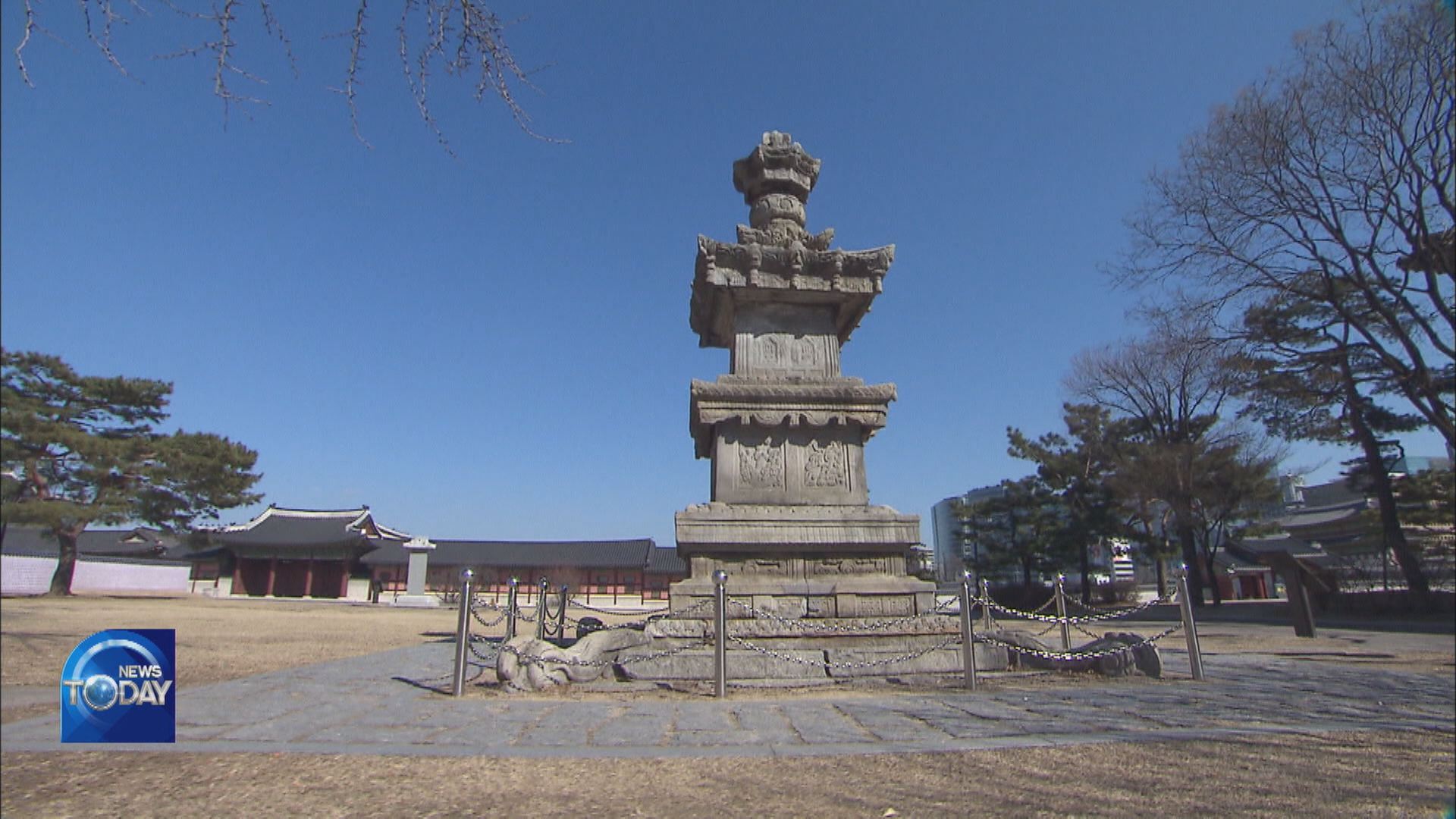
[Anchor Lead]
There is a stupa dedicated to Jigwang Guksa, a renowned Buddhist monk during the Goryeo Dynasty. Having survived unfortunate historical events, this national treasure has parallels with Korea’s turbulent modern history marked by Japanese colonial ruling and the Korean War. As a five-year project has been completed to restore and preserve it, the relic will return to its original home some 110 years after being displaced.
[Pkg]
Myeong-dong, Seoul. Gyeongbokgung Palace. After being bought and sold between Japanese people, the stupa for Jigwang Guksa was even smuggled out to Osaka during the Japanese colonial rule of Korea. The artifact was relocated ten times since being taken out of its original venue at the site of Beopcheonsa Temple 110 years ago. It is known as one of the best Buddhist pagodas from the Goryeo Dynasty, with its unique square-based structure and elaborate decorative carvings. While being away from home for over a century, the relic was seriously damaged and even endured bombing during the Korean War. In 2015, it was completely dismantled for restoration.
[Soundbite] LEE TAE-JONG(NAT’L RESEARCH INSTITUTE OF CULTURAL HERITAGE) : "The pagoda was considerably damaged and first repaired in 1957. But the restored parts had issues. Its condition could be compared to a gravely ill patient."
It took a year to remove layers of cement and metal pins from the pagoda. A considerable amount of time was also needed to find the type of stone most similar to the original material. Damaged parts were repaired, based on old photos and records. The pagoda regained its original form after the project was completed in 5 years.
[Soundbite] LEE TAE-JONG(NAT’L RESEARCH INSTITUTE OF CULTURAL HERITAGE) : "With decorative carvings, it is different from other pagodas like Seokgatap and Dabotap. The toughest part was restoring the carvings through historical research."
It is now divided into 29 separate pieces and will be reassembled at the site of Beopcheonsa Temple in Wonju, Gangwon-do Province. It will also be returning with its long-lost lion carving, found at the storage facility of the National Museum of Korea.
There is a stupa dedicated to Jigwang Guksa, a renowned Buddhist monk during the Goryeo Dynasty. Having survived unfortunate historical events, this national treasure has parallels with Korea’s turbulent modern history marked by Japanese colonial ruling and the Korean War. As a five-year project has been completed to restore and preserve it, the relic will return to its original home some 110 years after being displaced.
[Pkg]
Myeong-dong, Seoul. Gyeongbokgung Palace. After being bought and sold between Japanese people, the stupa for Jigwang Guksa was even smuggled out to Osaka during the Japanese colonial rule of Korea. The artifact was relocated ten times since being taken out of its original venue at the site of Beopcheonsa Temple 110 years ago. It is known as one of the best Buddhist pagodas from the Goryeo Dynasty, with its unique square-based structure and elaborate decorative carvings. While being away from home for over a century, the relic was seriously damaged and even endured bombing during the Korean War. In 2015, it was completely dismantled for restoration.
[Soundbite] LEE TAE-JONG(NAT’L RESEARCH INSTITUTE OF CULTURAL HERITAGE) : "The pagoda was considerably damaged and first repaired in 1957. But the restored parts had issues. Its condition could be compared to a gravely ill patient."
It took a year to remove layers of cement and metal pins from the pagoda. A considerable amount of time was also needed to find the type of stone most similar to the original material. Damaged parts were repaired, based on old photos and records. The pagoda regained its original form after the project was completed in 5 years.
[Soundbite] LEE TAE-JONG(NAT’L RESEARCH INSTITUTE OF CULTURAL HERITAGE) : "With decorative carvings, it is different from other pagodas like Seokgatap and Dabotap. The toughest part was restoring the carvings through historical research."
It is now divided into 29 separate pieces and will be reassembled at the site of Beopcheonsa Temple in Wonju, Gangwon-do Province. It will also be returning with its long-lost lion carving, found at the storage facility of the National Museum of Korea.
이 기사가 좋으셨다면
-
좋아요
0
-
응원해요
0
-
후속 원해요
0










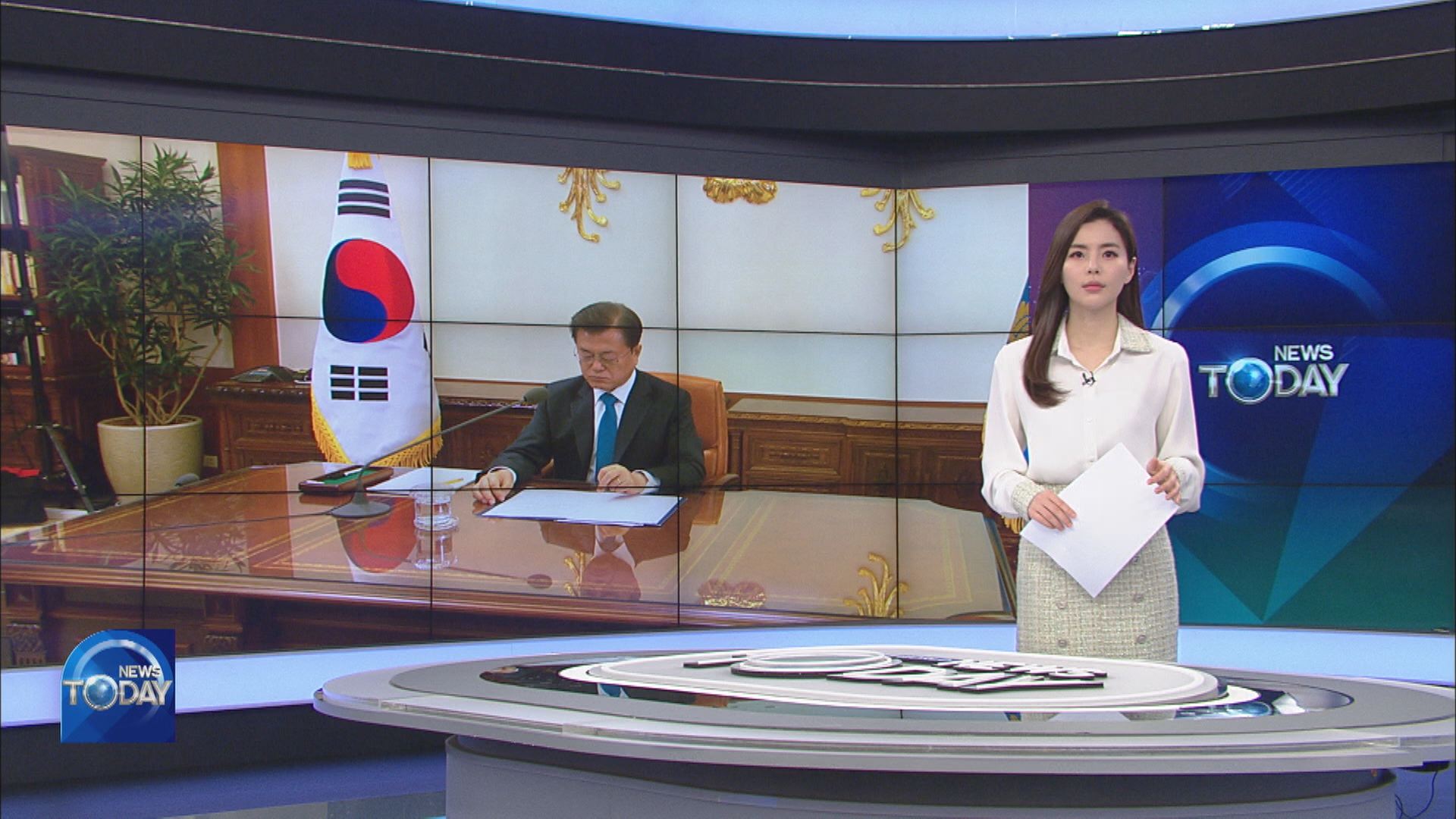
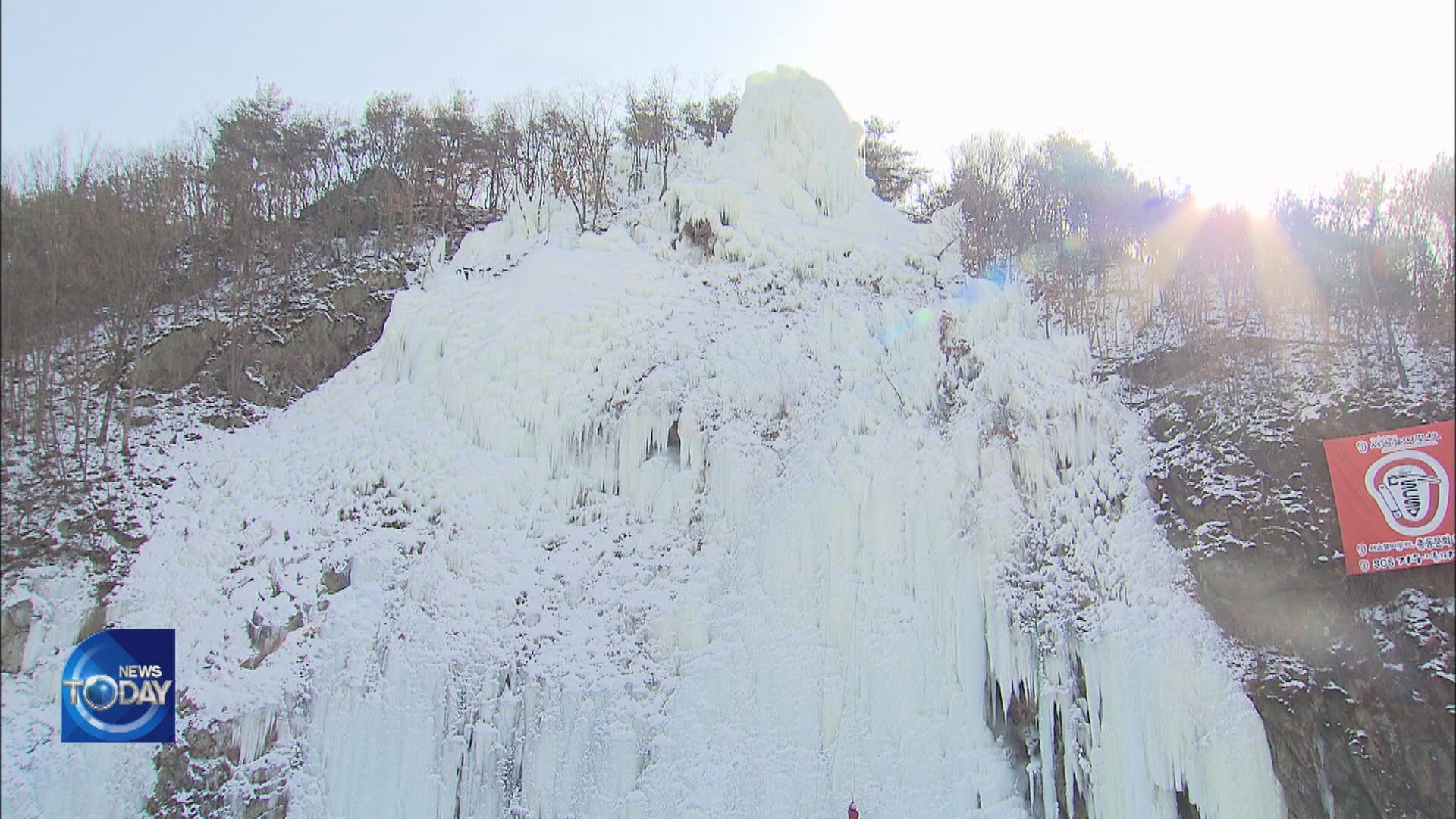
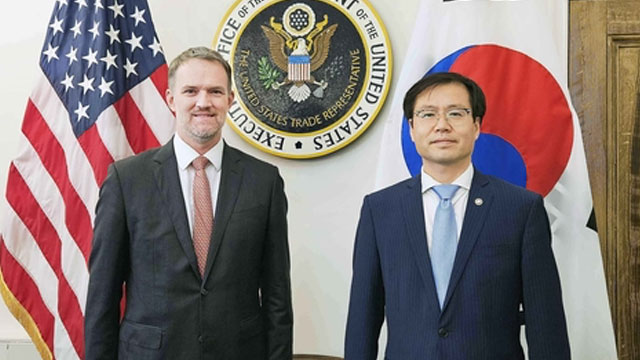
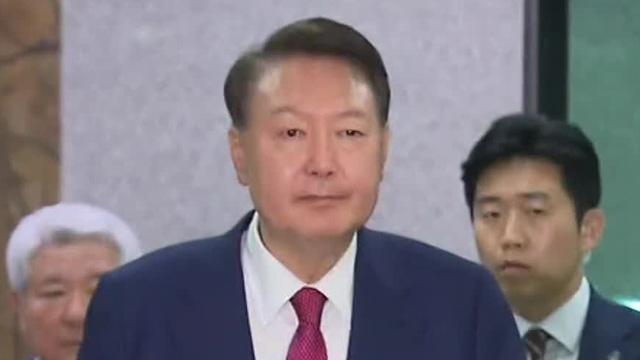
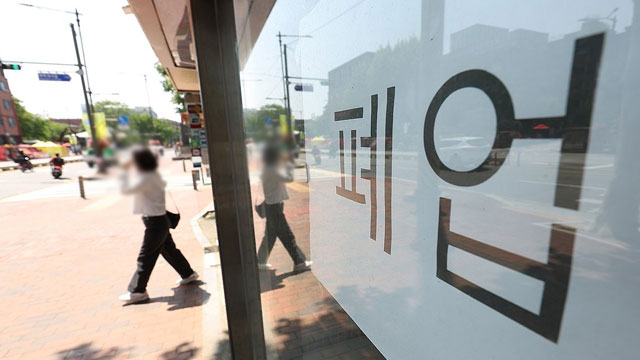
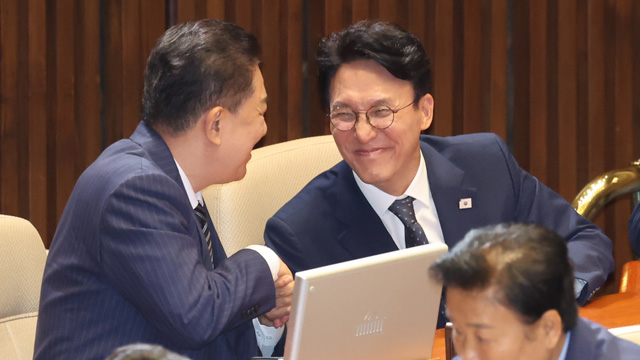

이 기사에 대한 의견을 남겨주세요.